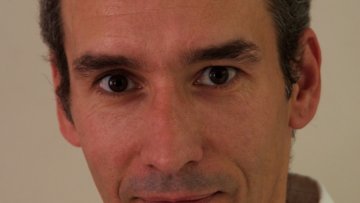Oxford Brain Mechanics Workshop: CMU-Oxford Alliance
Abstract
The 2015 Oxford Brain Mechanics Workshop 19 and 20 January, 2015 in St Hugh’s College, Oxford
Everybody is welcome to attend but (free) registration is required.
The event will include speakers from both CMU and Oxford working on Brain Mechanics and Trauma, as well as some chosen international members from the IBMTL* (www.brainmech.ox.ac.uk).
As well as focusing on various aspects of brain mechanics research, the 2015 Oxford Brain Mechanics Workshop will include the UK launch of the Carnegie Mellon University (CMU) – University of Oxford ‘Brain Alliance’. We are delighted that Dr Subra Suresh, President of CMU will launch the workshop, introduced by Oxford Vice-Chancellor Prof. Andrew Hamilton.
The aim of the workshop is to foster new collaborative partnerships and facilitate the dissemination of ideas from researchers in different fields related to the study of brain mechanics, including pathology, injury and healing. The IBMTL is delighted to be a global partner in CMU’s ‘BrainHub’ initiative and further extend the truly interdisciplinary, collaborative network of IBMTL and its associated researchers in Medical Sciences, Neuroscience, Biology, Engineering, Physics and Mathematics.
- Speakers:
- Professor Andrew Hamilton, University of Oxford, UK
- Dr Subra Suresh, Carnegie Mellon University, USA
- Mr Nick de Pennington, University of Oxford, UK
- Professor Michel Destrade, National University of Ireland, Galway
- Dr Kristian Franze, University of Cambridge, UK
- Professor Alain Goriely, University of Oxford, UK
- Professor Gerhard Holzapfel, Graz University of Technology, Austria
- Professor Jimmy Hsia, University of Illinois
- Mr Jayaratnam Jayamohan, University of Oxford, UK
- Professor Antoine Jerusalem, University of Oxford, UK
- Professor Ellen Kuhl, Stanford University, USA
- Professor Philip R LeDuc, Carnegie Mellon University, USA
- Professor Riyi Shi, Purdue University, USA
The workshop is generously supported by the Oxford Centre for Collaborative Applied Mathematics (OCCAM), which is led by IBMTL Co-Director, Prof Alain Goriely.




